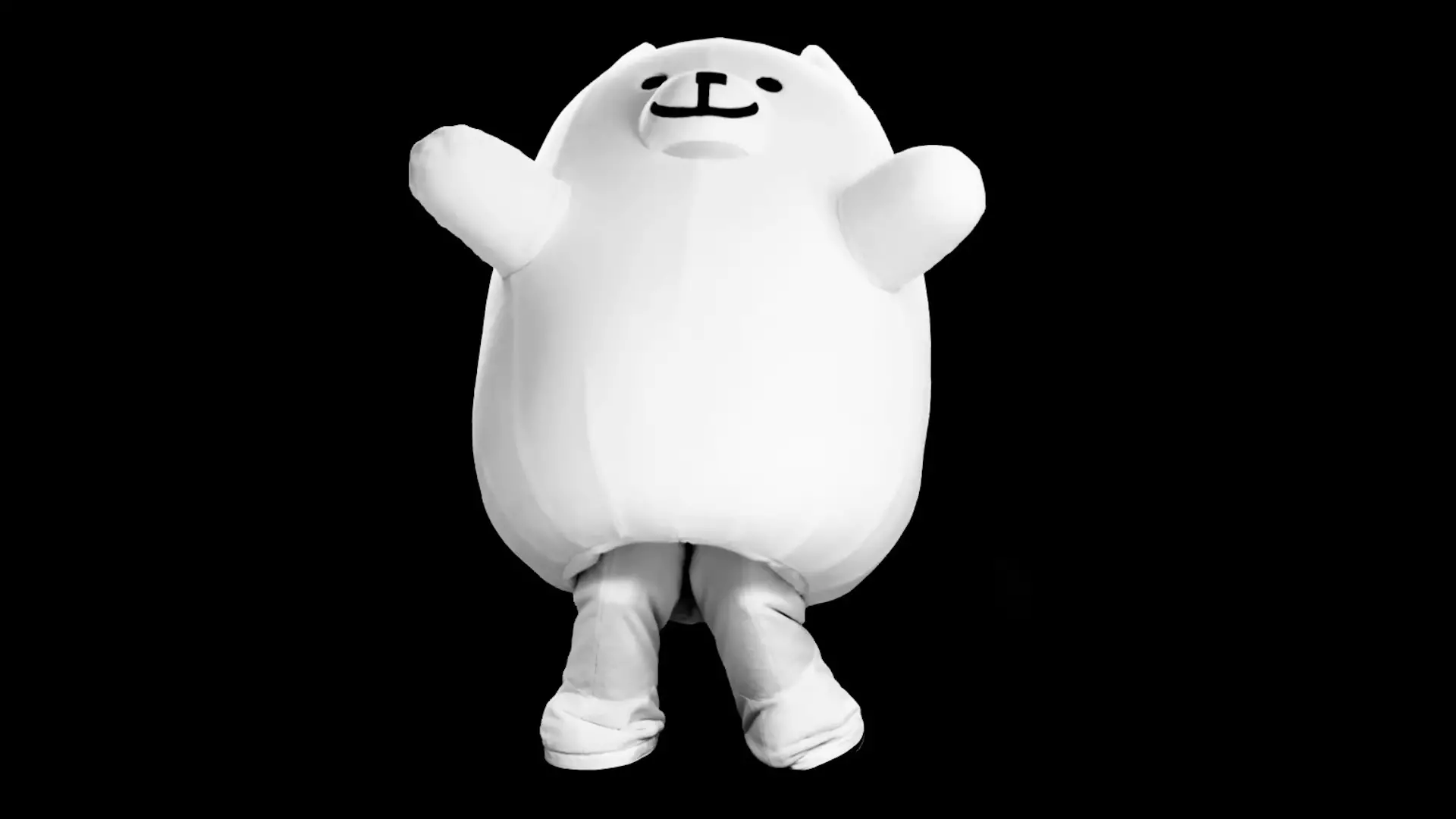In the landscape of video game development, the evolution of characters often fascinates fans more than the games themselves. Toby Fox, the mastermind behind “Deltarune,” recently offered an intriguing glimpse into the origins of one of the game’s standout antagonists—Tenna. This character was birthed from a creative experiment initiated as early as 2016, at a time when Fox was exploring 3D modeling and animation, all fueled by the innovation of the Xbox Kinect. However, despite the initial enthusiasm, plans changed, leaving Tenna to languish in the annals of semi-completed concepts for years.
Fox’s inventive process reveals a creative fervor, highlighting how even the most celebrated developers can experience doubt and reevaluation regarding their ideas. His admission of abandoning the Kinect rotoscoping, as well as the desire for Tenna to participate in “MikuMikuDance” animations—an homage to the vibrant world of fan-created content—is a testament to the iterative nature of game design. The abandoned concepts suggest that Fox, like many artists, wrestles with a constant push-and-pull between vision and feasibility.
Fans’ Reception and Nostalgic Referencing
What fans have now, however, is a character that has garnered popularity that seems far beyond Fox’s initial worries of being compared to Spamton, another character in the “Deltarune” universe. His fear of Tenna being dismissed as a “budget version” resonates with the very real anxieties that creators face when unleashing their work on an unforgiving audience. Yet, the character has found an audience, showcasing both how tastes can evolve and the community’s embrace of thoughtful character design.
The enthusiasm surrounding Tenna recalls the nostalgic charm of characters born from the fusion of creativity and technology. Many fans have found value in the detail and depth that Tenna presents, moving beyond superficial comparisons to celebrate a character that blends whimsy with menace. Here, it becomes evident that the reception of a character can often hinge on not just the character’s aesthetic and narrative integration, but also the story behind its creation—a behind-the-scenes aspect that fans value deeply.
A Creative Journey with Collaboration
Delving deeper into the development process surrounding Tenna, Fox’s transparency about needing assistance from talented collaborators adds another layer of appreciation for the character. The realization that Chelsea Saunders, known for her work on 3D models, was crucial in crafting Tenna’s definitive visual form underscores the collaborative spirit often found in the gaming industry. Fox’s acknowledgment of the efforts from various artists like Gigi D.G. and Clairevoire enriches the character’s development story, shifting the focus from a solitary genius myth to a collective endeavor.
By embracing this cooperative narrative, Fox reinforces a crucial notion within creative industries: no creation is singular. The richness of Tenna’s character can be attributed to a multitude of influences and the collective talents that converged during his development. Each contributor adds unique skills, making Tenna’s eventual design a composite of many artistic visions that merge seamlessly.
The ‘What Ifs’ and Future Fantasies
In a world that thrives on fan engagement, lamenting the scrapped plans for Tenna to execute fancy MMD dances is par for the course. While it’s disappointing to think about the potential charm and humor of those dance animations disappearing into the ether, one cannot help but speculate on how fans might take those remnants of Fox’s abandoned ideas and run with them. Numerous fan communities thrive on repurposing or innovating upon creator concepts, so the likelihood of animated MMD dances showcasing Tenna feels plausible.
Moreover, Fox’s past reflections about his learning experiences in 3D modeling invite optimism surrounding future iterations of Tenna or similar characters. The challenges he faced in translating his original vision into a finalized product can serve as foundational lessons, potentially paving the way for bolder future creations. As we watch Fox navigate this creative landscape, it sparks curiosity about how his maturation as a developer may weave into his storytelling and character designs in subsequent “Deltarune” chapters.
In essence, Tenna’s journey—from an early conceptualization resting in the shadows to a well-received villain—hints at the limitless possibilities within the intersection of art, technology, and community understanding.


Leave a Reply